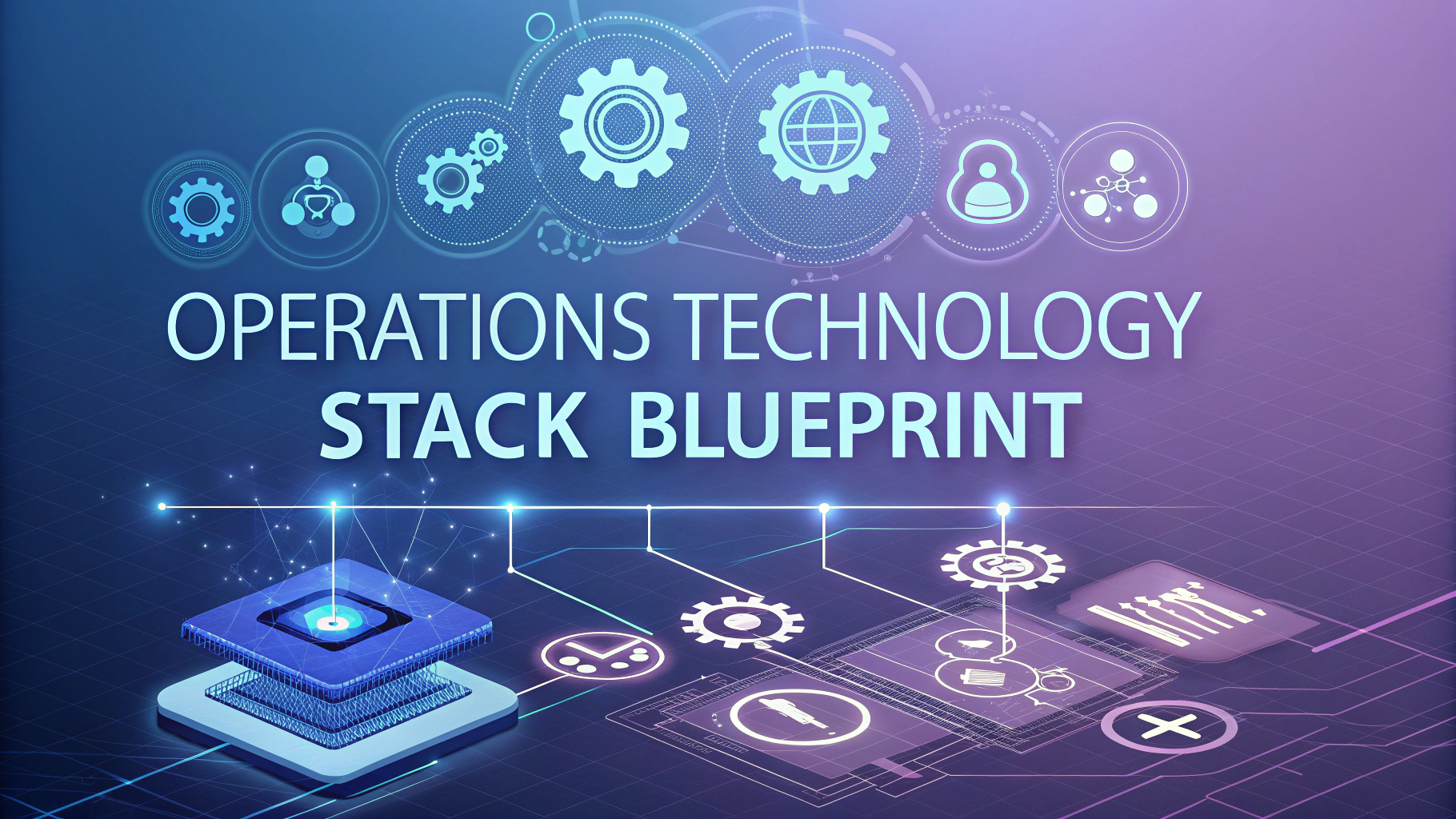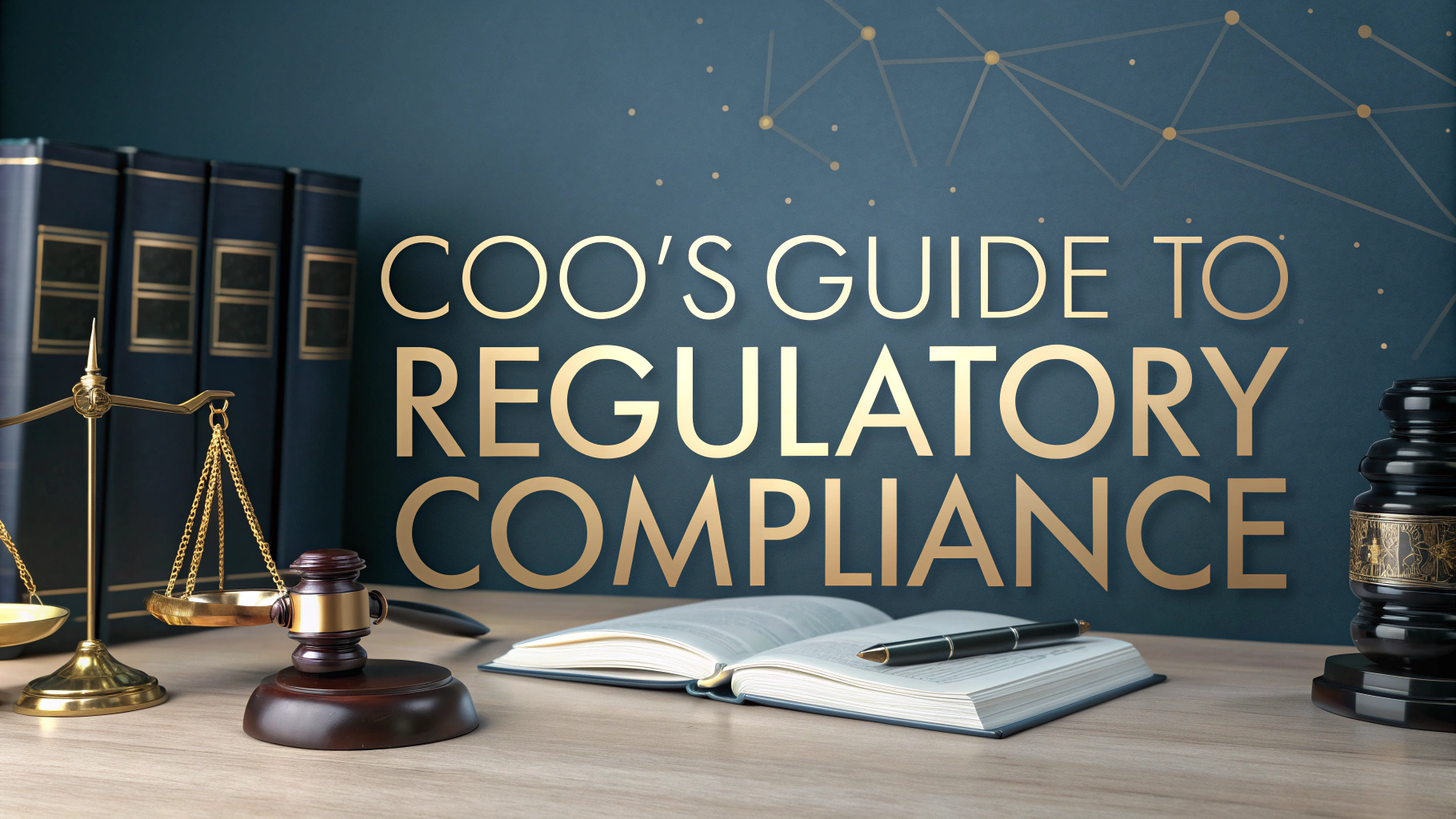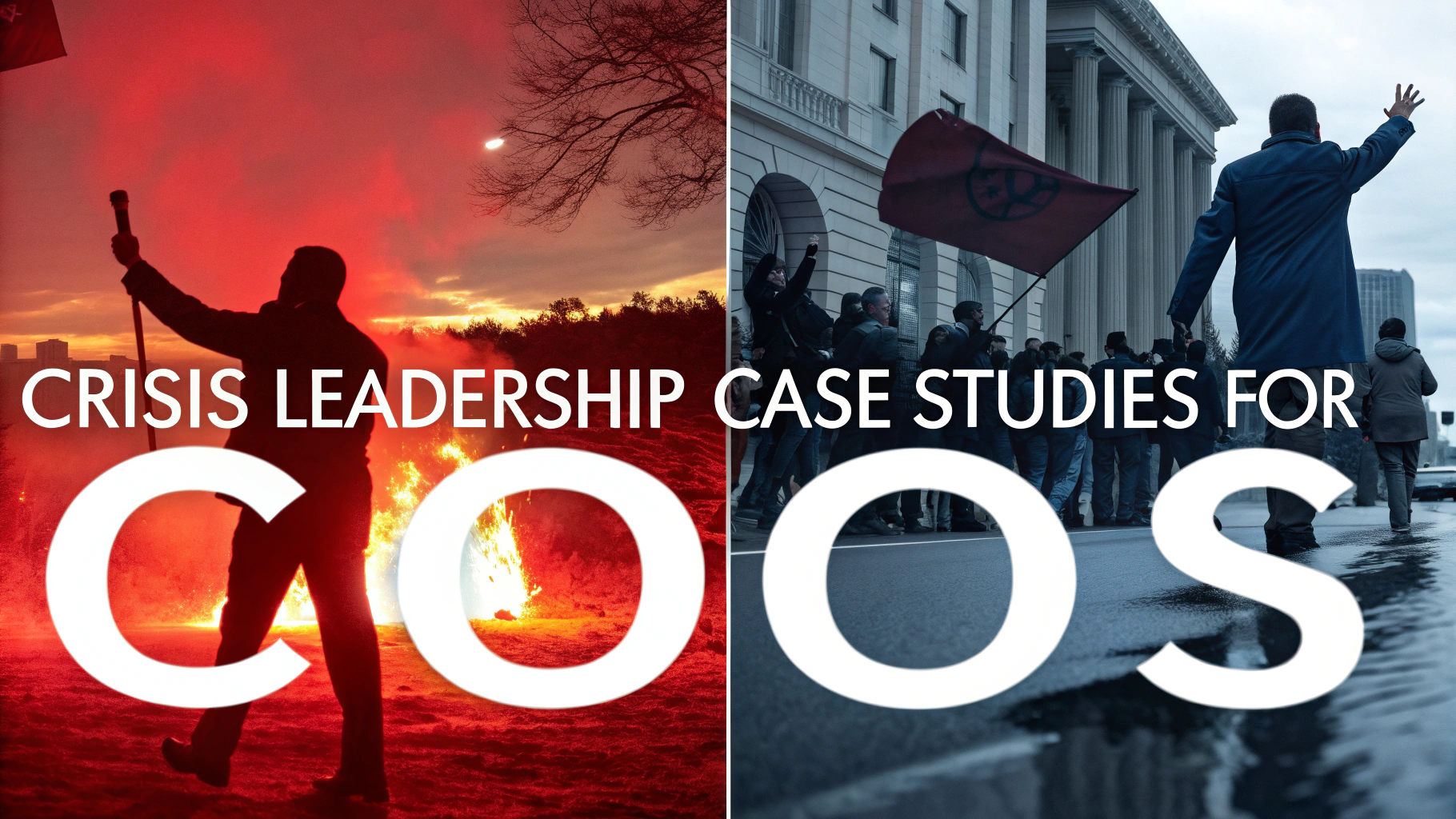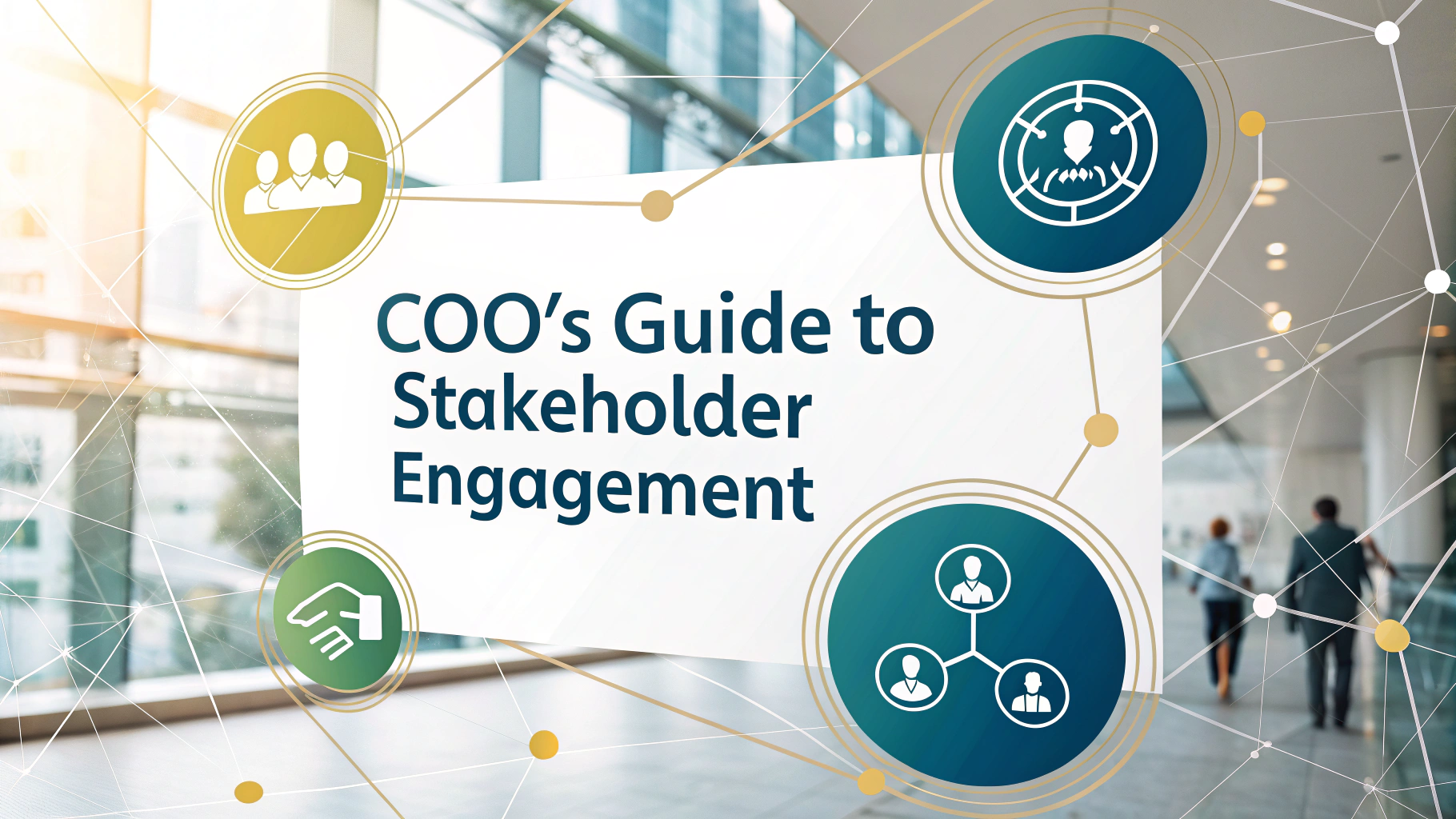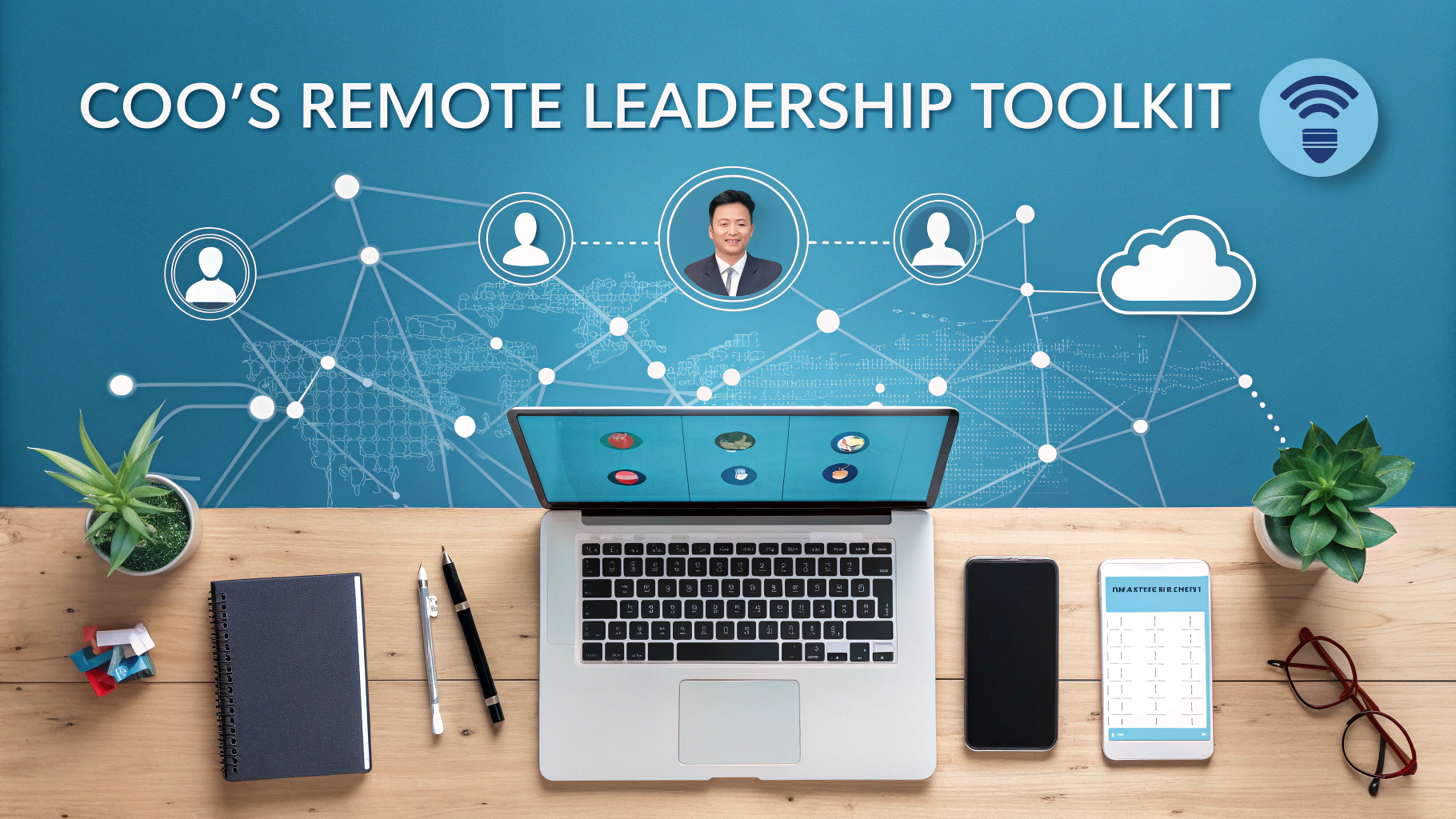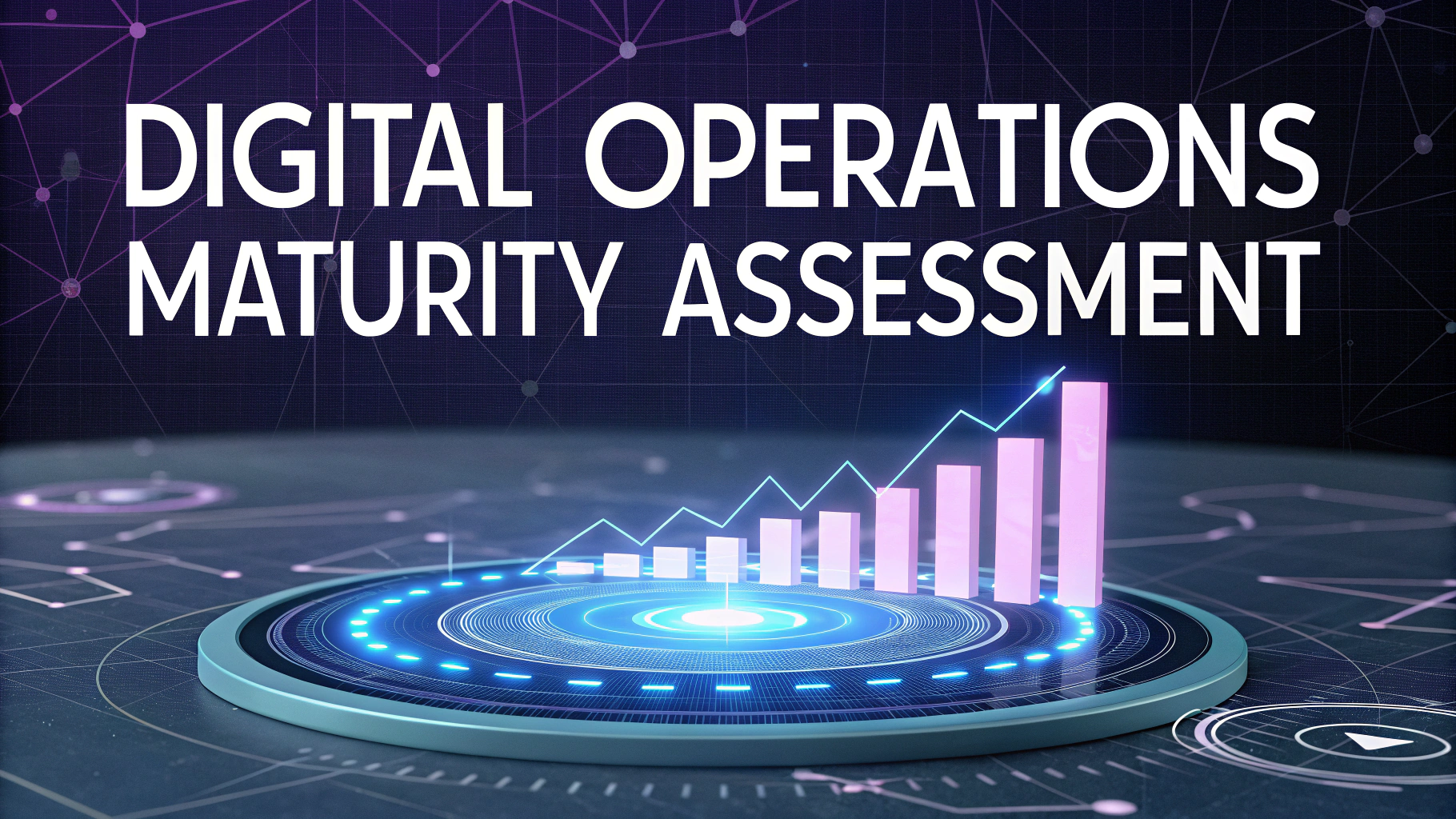The relationship between a CEO and COO is one of the most significant partnerships in modern business leadership.
A clear understanding of how these roles interact and complement each other can make the difference between organizational success and failure.
This guide breaks down the key differences, responsibilities, and dynamics between these two executive positions to help businesses optimize their leadership structure.
Core Responsibilities: CEO vs COO
| CEO Responsibilities | COO Responsibilities |
|---|---|
|
• Setting company vision and strategy • Board and investor relations • External communications • Major financial decisions • Company culture leadership |
• Daily operations management • Strategy implementation • Team performance oversight • Process optimization • Resource allocation |
Working Together Effectively
The CEO-COO partnership works best when both executives have complementary skills and clearly defined areas of responsibility.
- Establish clear communication channels and regular check-ins
- Define decision-making authority for different types of situations
- Create alignment on company goals and priorities
- Maintain mutual trust and respect
- Share information openly and consistently
Signs of a Successful Partnership
A thriving CEO-COO relationship shows these characteristics:
- Decisions are made efficiently without bottlenecks
- Teams receive consistent messaging from both leaders
- Strategic initiatives are executed on schedule
- Problems are addressed proactively
- The organization shows steady growth and improvement
Common Challenges and Solutions
| Challenge | Solution |
|---|---|
| Overlapping responsibilities | Create detailed role definitions and decision matrices |
| Communication gaps | Schedule regular one-on-one meetings and updates |
| Conflicting management styles | Agree on core principles and allow flexibility in execution |
| Power struggles | Define clear escalation paths and authority boundaries |
When to Add a COO
Consider hiring a COO when:
- The CEO needs more time for strategic planning and external relations
- Company operations have become too complex for one leader
- Rapid growth creates operational challenges
- The organization needs stronger execution capability
Building Long-term Success
Success in the CEO-COO partnership requires ongoing commitment to alignment, communication, and mutual support.
- Review and adjust roles as the company evolves
- Maintain open feedback channels
- Celebrate shared wins and learn from setbacks together
- Focus on complementary strengths rather than overlapping duties
- Build trust through consistent, reliable performance
Making It Work for Your Organization
Contact professional executive search firms like Korn Ferry (+1-310-552-1834) or Spencer Stuart (+1-312-822-0080) for help finding the right CEO-COO match for your organization.
Professional coaching services can help develop and strengthen existing CEO-COO relationships.
Regular leadership assessments and feedback sessions keep the partnership strong and effective over time.
Measuring Partnership Success
Regular evaluation of the CEO-COO partnership helps ensure continued effectiveness and alignment with organizational goals.
- Track key performance indicators jointly set by both executives
- Conduct quarterly partnership effectiveness reviews
- Gather feedback from board members and senior leadership
- Monitor employee engagement and satisfaction metrics
- Assess progress on strategic initiatives
Building Leadership Bench Strength
Strong CEO-COO partnerships create opportunities for developing future leaders within the organization.
- Implement mentorship programs for high-potential employees
- Create clear succession planning frameworks
- Rotate promising leaders through key operational roles
- Share leadership development responsibilities
- Document best practices and lessons learned
Technology and Tools for Collaboration
| Tool Type | Purpose |
|---|---|
| Project Management Platforms | Track strategic initiatives and operational progress |
| Communication Software | Maintain consistent information flow |
| Analytics Dashboards | Monitor key performance metrics |
| Document Sharing Systems | Collaborate on strategic planning |
Shaping the Future of Executive Leadership
The evolution of the CEO-COO partnership model continues to shape modern business leadership practices.
- Embrace emerging leadership technologies and tools
- Adapt to changing business environments
- Foster innovation in organizational structure
- Build sustainable leadership practices
- Create lasting value through strong partnerships
FAQs
- What are the key differences between a CEO and COO?
The CEO is the highest-ranking executive responsible for overall strategy and major decisions, while the COO focuses on daily operations, implementation of strategies, and internal business processes. - Does every company need both a CEO and COO?
No, not every company requires both positions. The need for a COO typically depends on company size, complexity, and organizational structure. Many smaller companies operate effectively with just a CEO. - What is the typical reporting structure between CEO and COO?
The COO usually reports directly to the CEO and acts as second-in-command, often serving as the CEO’s right hand in executing company vision and strategy. - What are the main responsibilities of a COO?
A COO oversees day-to-day operations, manages operational strategy, ensures organizational efficiency, supervises department heads, and implements the CEO’s vision across the organization. - How do CEOs and COOs typically divide their responsibilities?
CEOs focus on external matters like stakeholder relations, company vision, and strategic planning, while COOs handle internal operations, execution, and organizational effectiveness. - Can a COO transition to becoming CEO?
Yes, the COO position is often viewed as a stepping stone to CEO, with many organizations using the COO role as a training ground for future CEOs. - What skills are essential for an effective COO?
Key COO skills include operational expertise, strong leadership abilities, excellent problem-solving skills, strategic thinking, financial acumen, and strong communication capabilities. - How do successful CEO-COO partnerships work?
Successful partnerships are built on clear role definition, complementary skill sets, trust, open communication, aligned vision, and mutual respect between both executives. - What industries are most likely to have both CEO and COO positions?
Large corporations, manufacturing companies, retail chains, and organizations with complex operational needs typically maintain both positions. - What metrics are typically used to evaluate a COO’s performance?
COOs are evaluated on operational efficiency, cost management, productivity improvements, project completion rates, team performance, and their ability to execute strategic initiatives.

